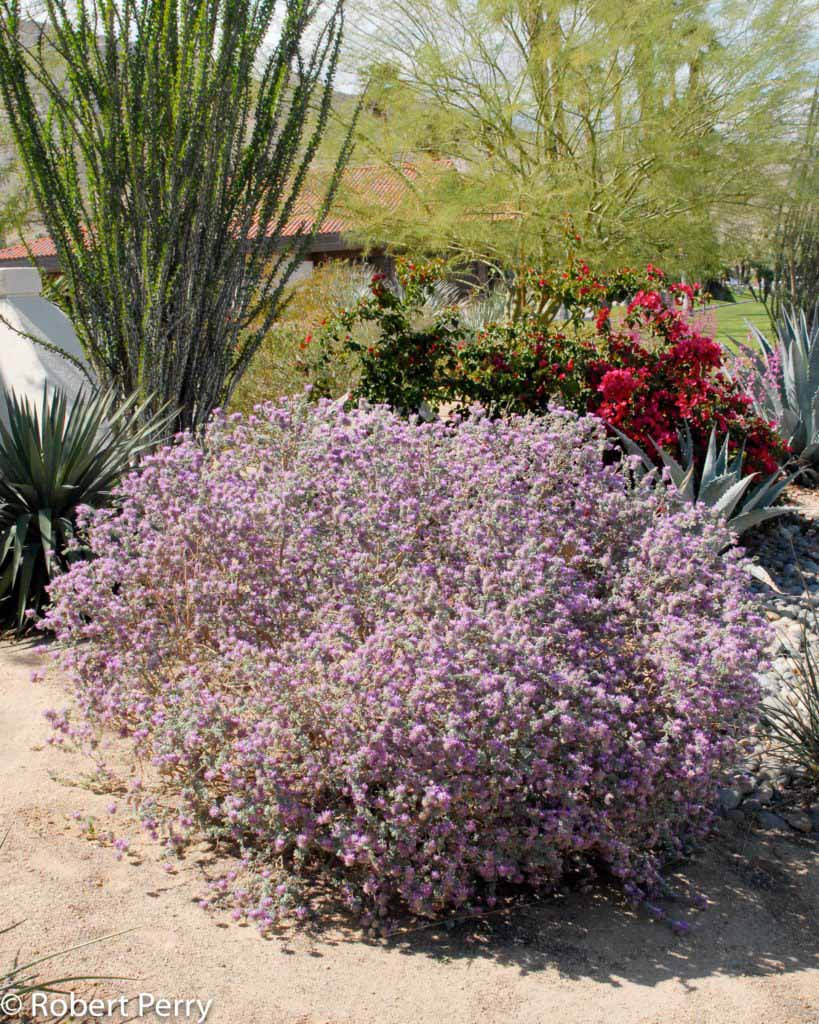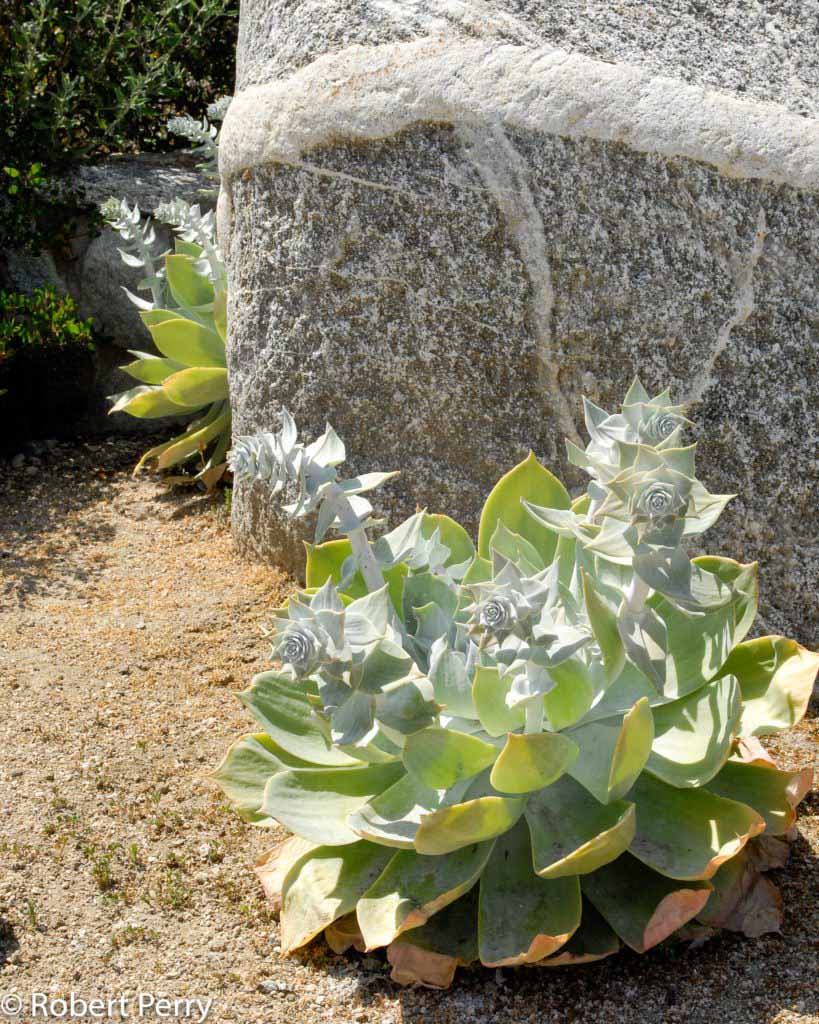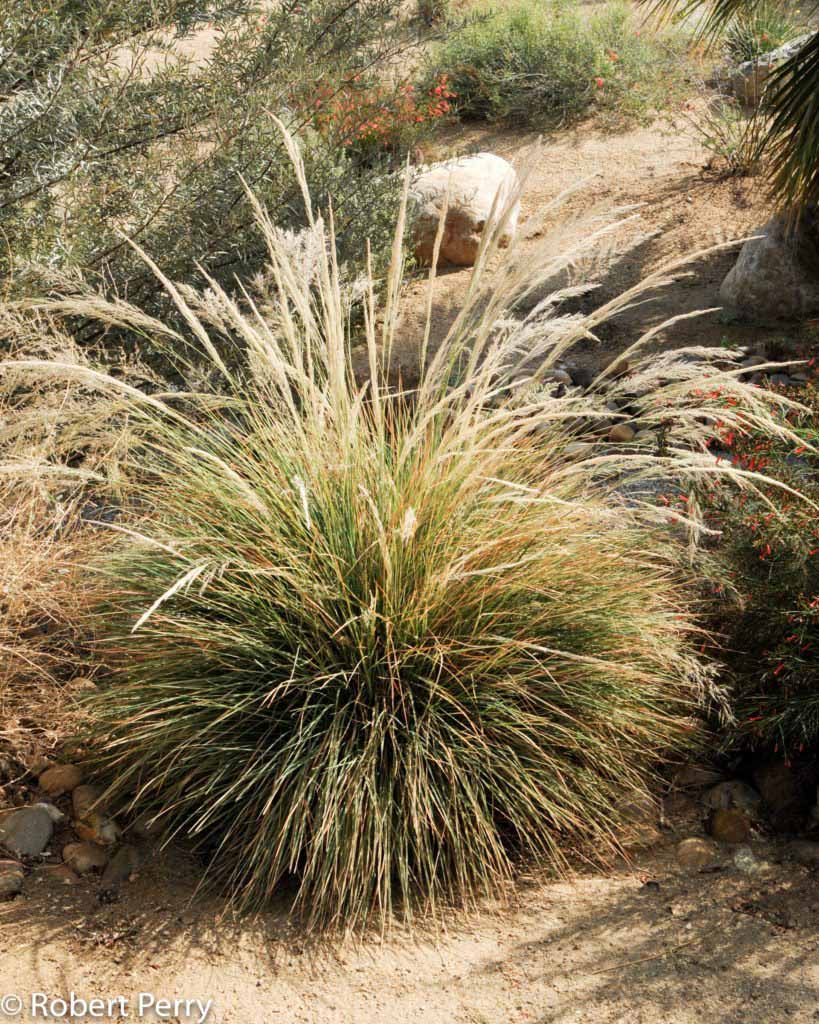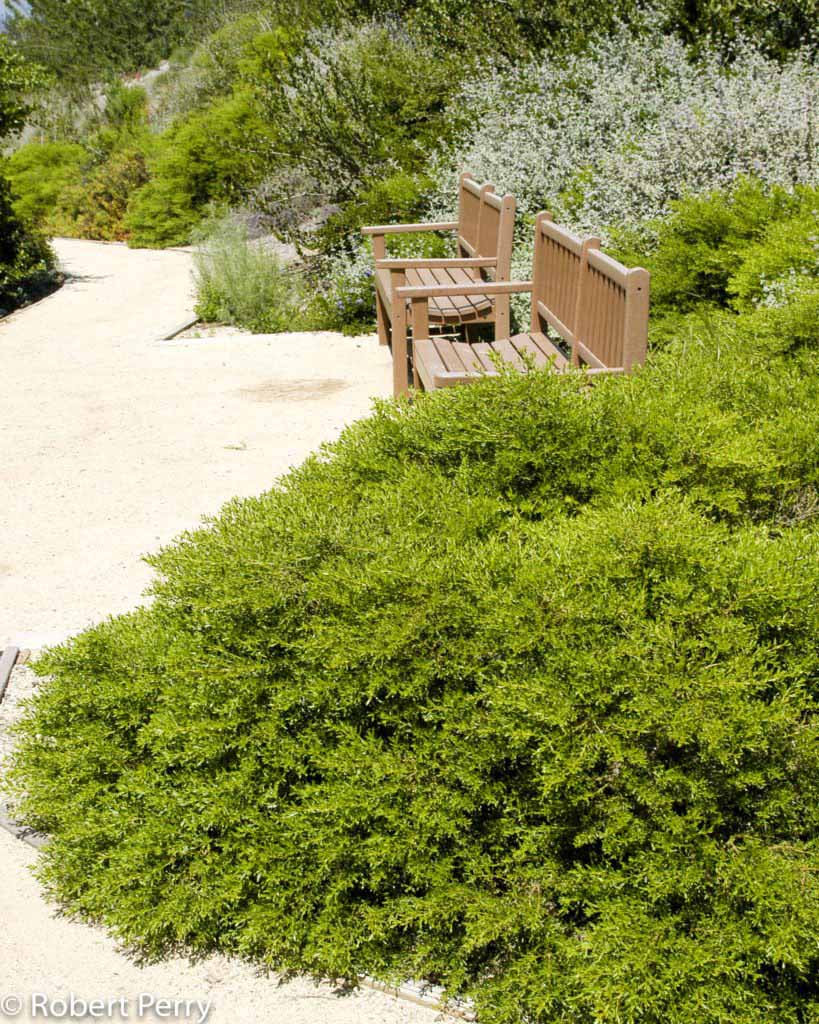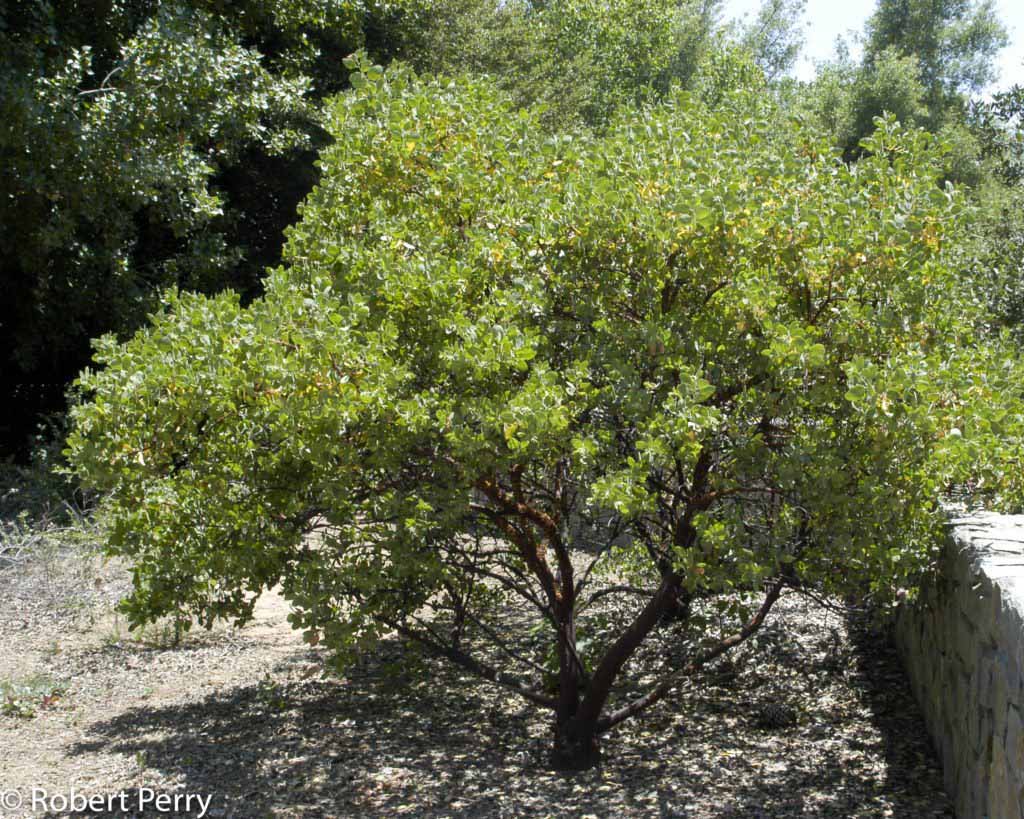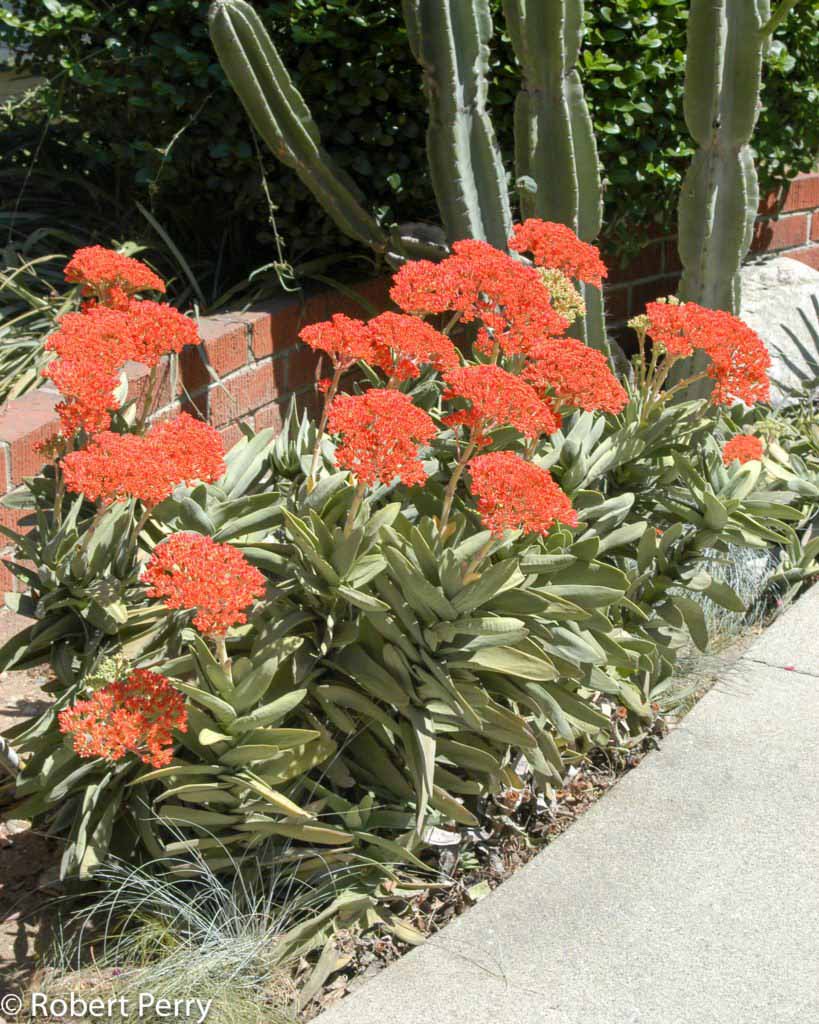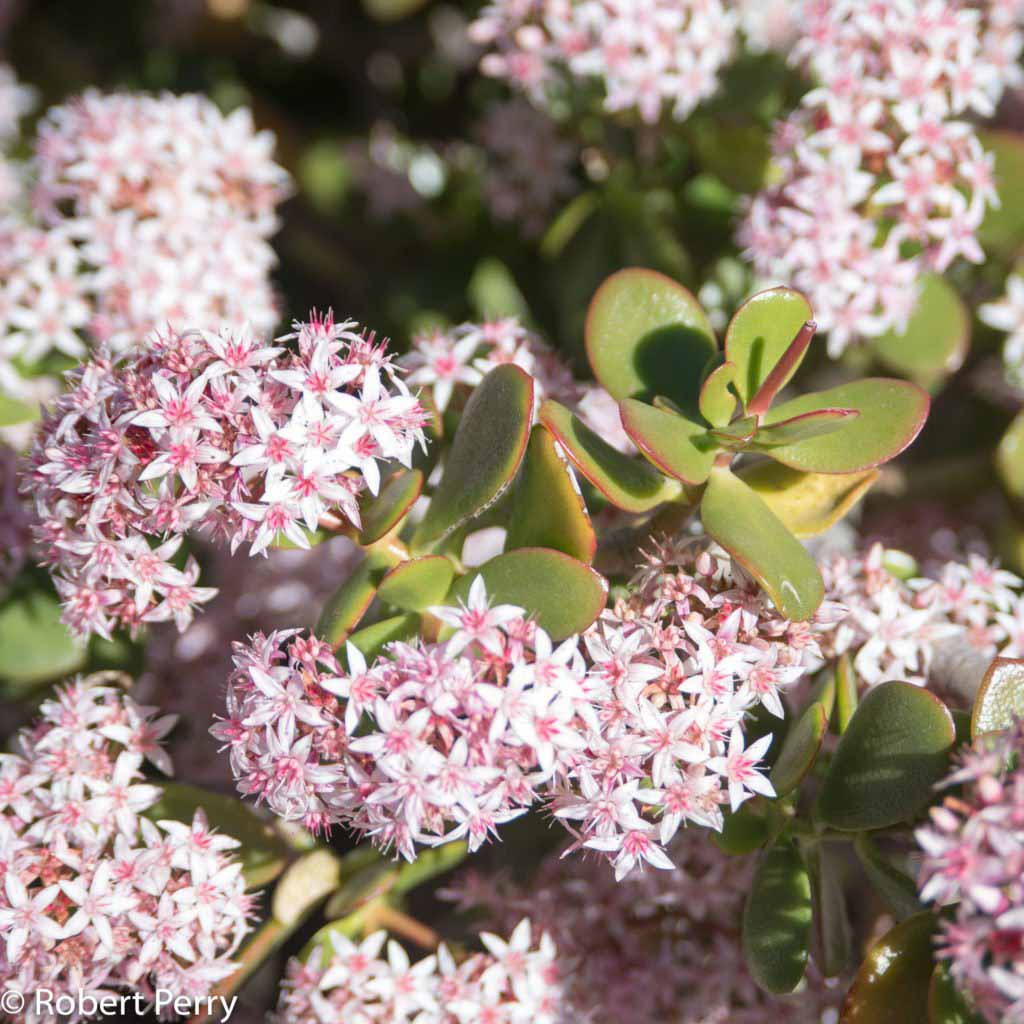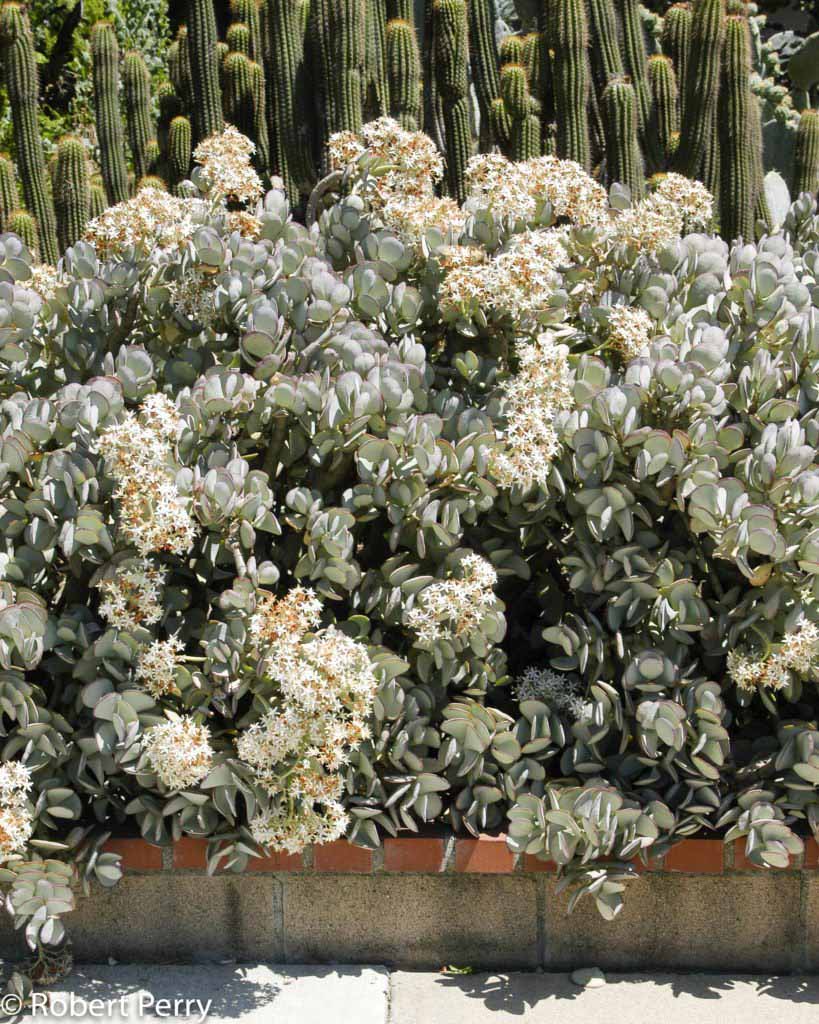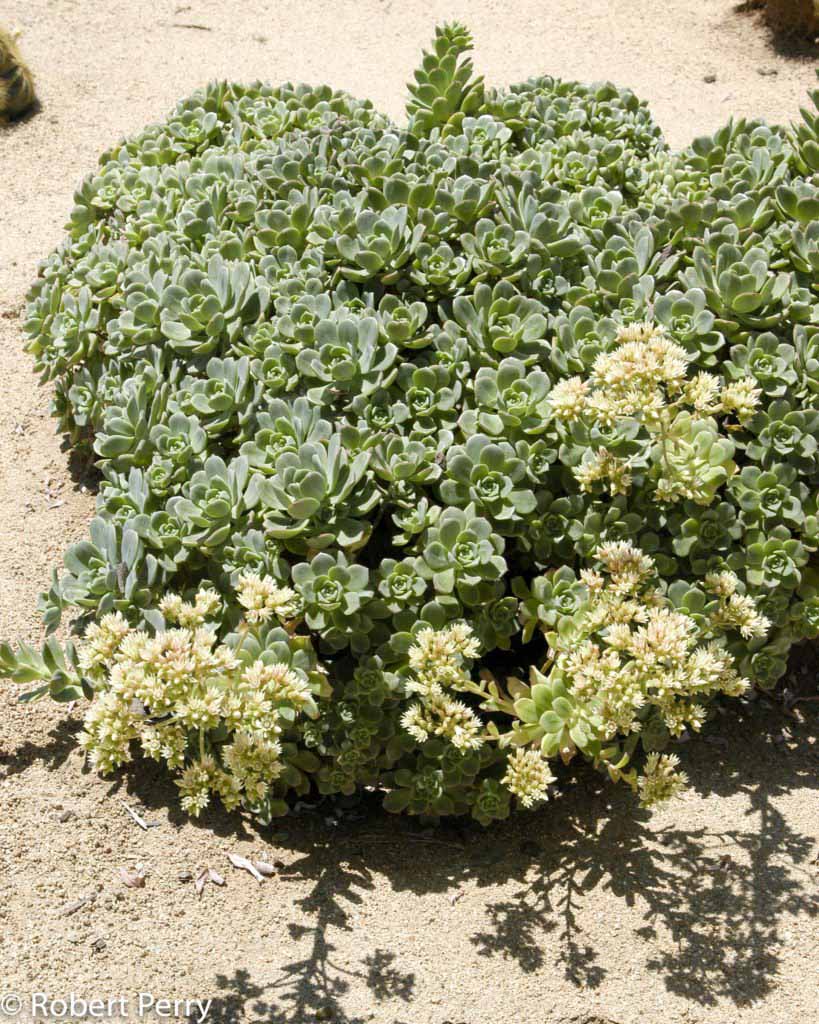Black dalea + cv
Black dalea is small mounding shrub, 3-4 ft. tall and as wide. Gray foliage is comprised of pinnately compound leaves having 13-17 leaflets that will drop during periods of drought stress. Deep purple flowers occur in round heads in spring and intermittently from summer to fall. Black dalea is native to dry areas on rocky […]
